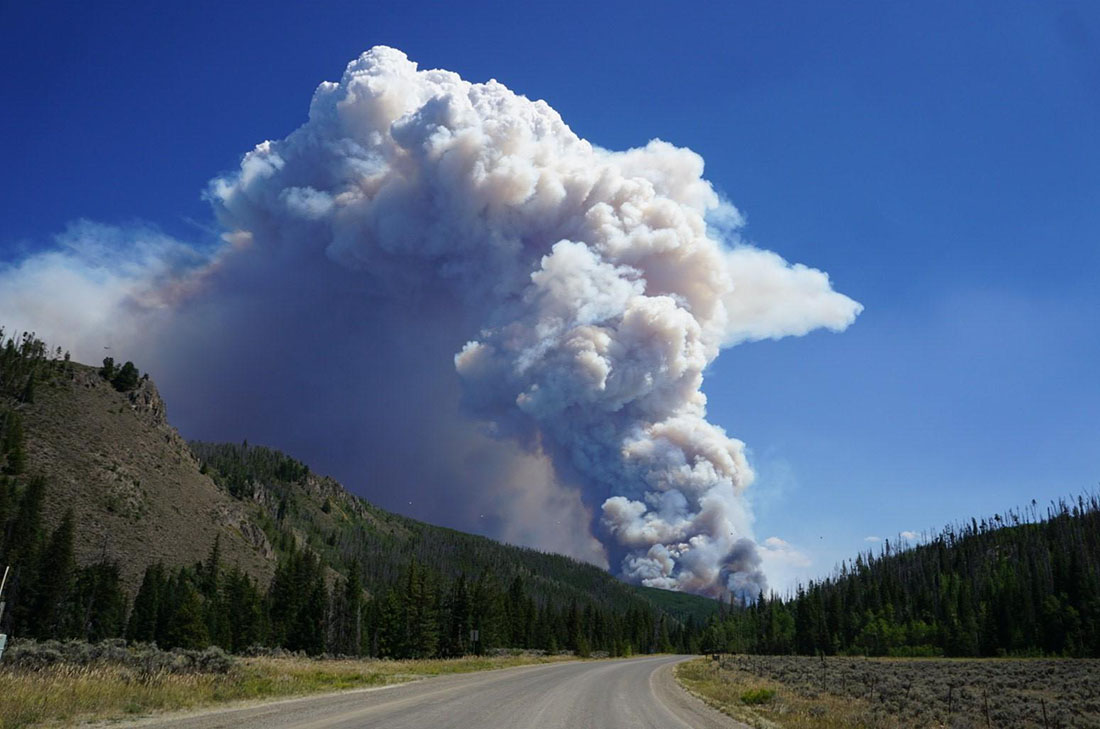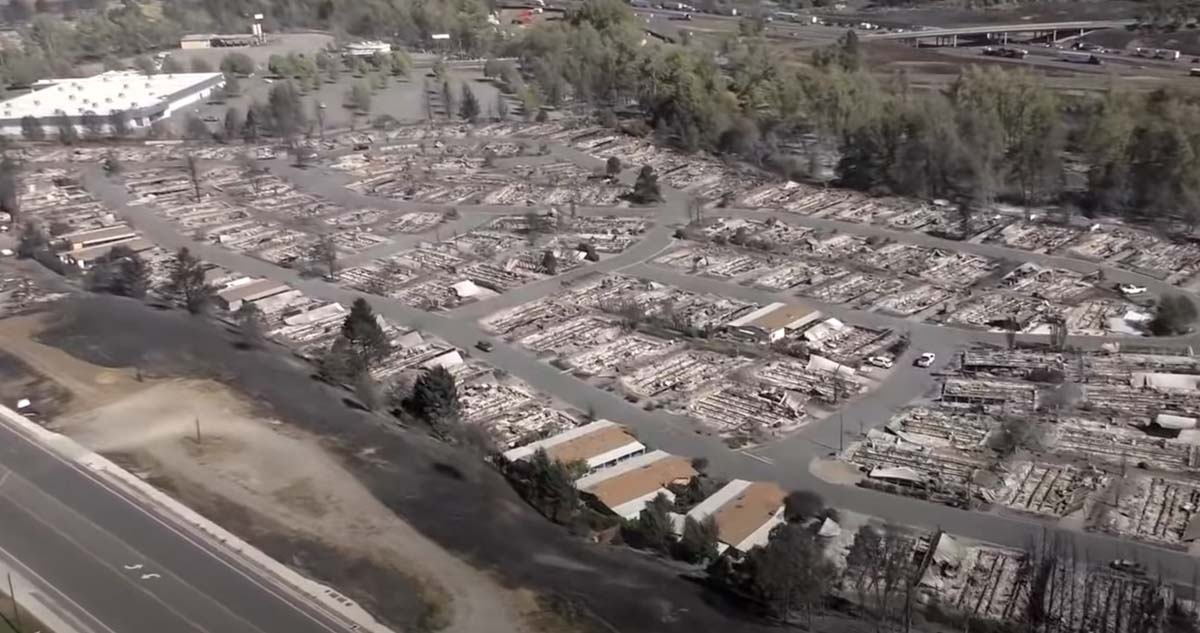
Federal land management agencies are ramping up their efforts to assist with COVID vaccinations across the country.
The Department of the Interior has distributed to their personnel a three-page flyer written February 17 seeking qualified personnel to accept 30-day assignments across the country. The document explains, “President Biden has tasked Federal departments and agencies, including DOI, to support FEMA and the Department of Health and Human Services to deliver 100 million doses in 100 days.”
Santon Florea, a spokesperson for the U.S. Forest Service, said they have a similar effort underway. The agency has deployed 174 personnel that are currently assigned to the National COVID Vaccine Campaign, administering vaccinations, providing logistical support, and planning at regional and state levels with FEMA and states.

The locations of the assignments are still being developed, but the current focal areas include Oakland and Los Angeles, California; Phoenix, Arizona; Carson City, Nevada; Dover, Delaware; and Denton, Texas. These areas are expected to expand.
The DOI is looking in the Interagency Resource Ordering Capability application (IROC) for agency employees that are qualified as AEMTs, AEMFs, EMTBs, EMTFs, EMTIs, EMTPs and EMTFs. (Some of these position codes are decoded here.)
There is also a need for DOI personnel with command and general staff support qualifications.
Additionally, the Federal Emergency Management Agency (FEMA) has cast a wide net in terms of vaccination providers, including MDs, DOs, PAs, RNs, EMTs, pharmacists, pharmacy techs, medical assistants, nurse assistants, veterinarians, etc.
The assignments are slated to be 30 days with a 2-day break somewhere in the middle. But, the flyer states, “There is critical, unprecedented demand for vaccinators, and qualified EMS resources should come forward with their availability, even if short of the desired 30-day commitment. Consideration will be given to 14- and 21-day assignments, if necessary.”

Agency personnel should make sure that their qualifications are entered in the Incident Qualifications and Certification System (IQCS) and make themselves available as a resource in IROC.
Currently a Type 1 Incident Management Team is assigned to support operations in the state of Idaho. And last month another Type 1 IMT assisted in planning for vaccinations in Washington. The U.S. Forest Service has more than 50 qualified employees helping administer vaccines at Los Angeles and the Oakland Coliseum.
The photos on this page show assistance being provided in California by the National Park Service, CAL FIRE, by people in what appear to be U.S. Forest Service uniforms, and other agencies.
The three-page flyer can be downloaded here.
If you are qualified and want to help but are not a DOI or Forest Service employee, contact your local, state, tribal, or territorial health department.

Thanks and a tip of the hat go out to John.











